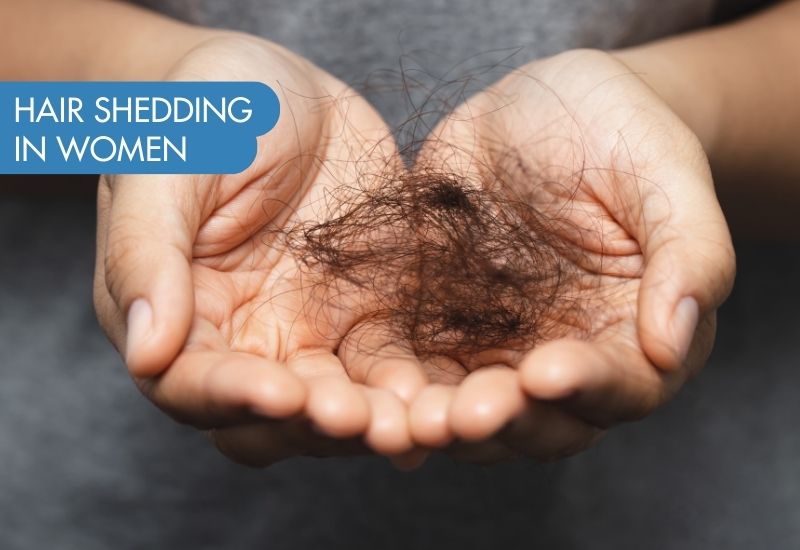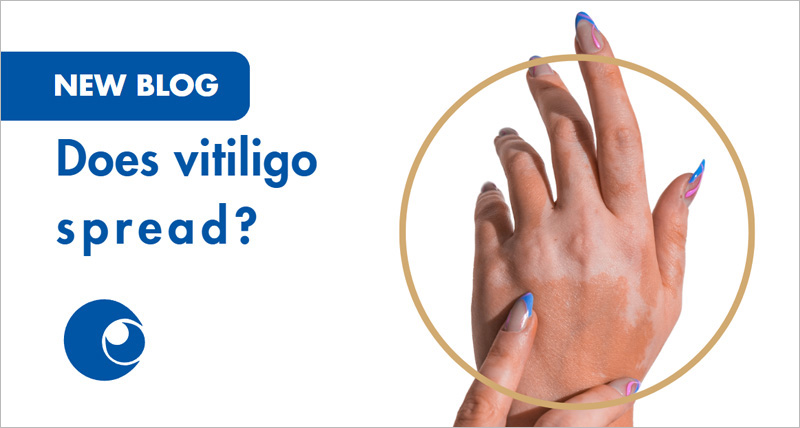Melanoma skin cancer is a major cause of illness in Australia and accounts for the largest number of cancers diagnosed in Australia each year. According to Professor Rodney Sinclair Australia has the highest incidence of melanoma anywhere in the world per capita population. In 2015, there were over 10,000 cases of melanomas diagnosed while in 2017 the Australian Institute of Health and Welfare estimates there will be 13,941 new cases of melanoma skin cancer diagnosed.
Professor Sinclair also notes that the lifetime risk for a Victorian getting a melanoma is about 3% over a lifetime while a Queenslander has an 8-10% lifetime risk of getting a melanoma. Overwhelmingly the most important risk for developing melanoma is sun exposure, which accounts for about 95% of the risk of getting melanoma.
What are the symptoms of melanoma?
While melanoma is the most life threatening form of skin cancer, it often has no symptoms. The first sign of melanoma is generally a change in an existing mole or the appearance of a new spot.
These changes can include:
- Colour – a mole may change in colour or have different colour shades or become blotchy
- Size – a mole may appear to get bigger
- Shape – a mole may have in irregular border or may increase in height
- Elevation – the mole may develop a raised area
- Itching or bleeding.
According to Professor Rodney Sinclair, there are some melanomas that can occur in parts of the body that never see the light of day like the back of the eye or around the genital area. But far and away the majority of melanoma is caused by sun exposure.
The different types of melanoma
Professor Sinclair says that the most common melanoma is called the superficial spreading melanoma. This type of melanoma usually presents as a black mole that might be a new mole that just appears out of the blue on previously normal skin or it can occur as a change within a pre-existing mole.
Another common type of melanoma occurs when a mole that has been there and benign for years suddenly starts to get bigger, change colour, itch or bleed. Perhaps an even more dangerous type of melanoma is the nodular melanoma that tends to mainly occur amongst men over the age of 55. This type of melanoma presents as a nodule on the skin. It may be black, pink or have no colour in it all.
Professor Rodney Sinclair cautions that these types of melanomas are hard to diagnose because they don’t look like what we some GP’s and skin specialists are expecting to see with a melanoma. And because of this, the diagnosis is often delayed.
This delay in diagnosis means that by the time diagnosis has occurred, the melanoma may have spread to other parts of the body. While nodular melanoma only accounts for about 20% of all melanomas, they account for 40-50% of melanoma deaths. And this is why Professor Sinclair is so passionate about focusing on increasing community awareness and GP’s understanding of nodular melanoma.
Screening for melanoma starts with a visit to your GP or specialist dermatologist
When you have melanoma screening at your GP or specialist dermatologist it is very important to let them know which moles and spots you’re concerned about. Professor Rodney Sinclair suggests that a change of attitude needs to occur with melanoma screening processes. He believes GP’s and specialist dermatologists need to find a good reason not to excise it rather than finding a reason to excise it.
It is important to note that every part of your body, including the parts of the skin that don’t get sun exposure is examined carefully. From between the toes and under the feet, to the genital area, scalp and arm pits.
Get the best melanoma skin cancer consultation in Melbourne
When melanoma is detected, diagnosed and treated early, there is more likelihood of it being cured. Our specialist dermatologists are highly trained an experienced in detected and diagnosing melanoma. Give yourself peace of mind and book a skin check in here.
Image Copyright: andreypopov / 123RF Stock Photo







